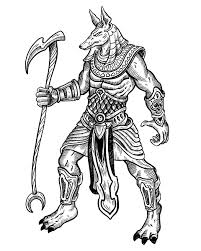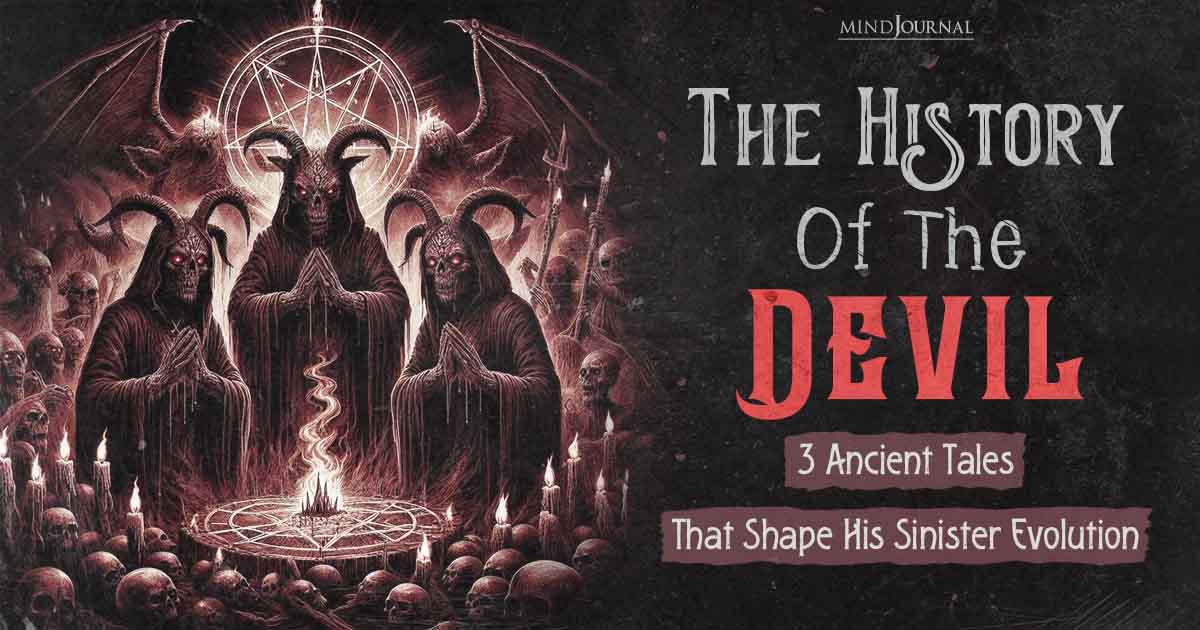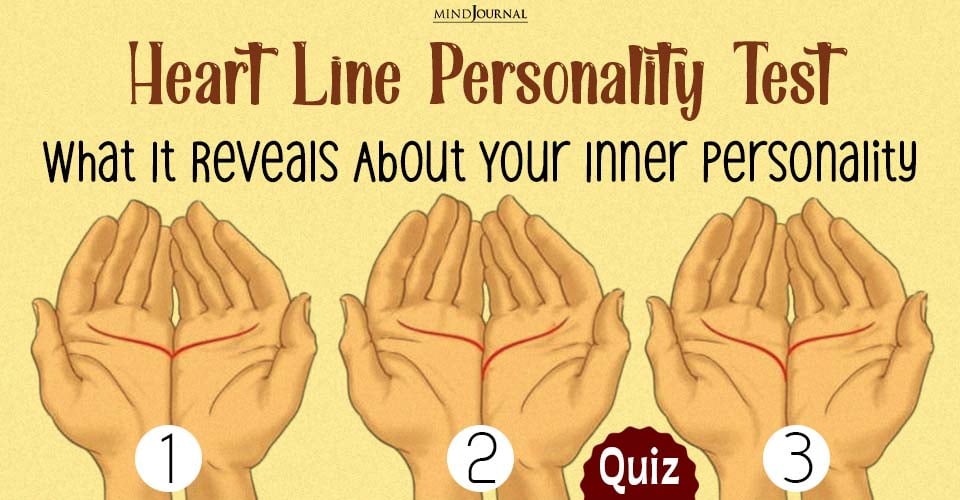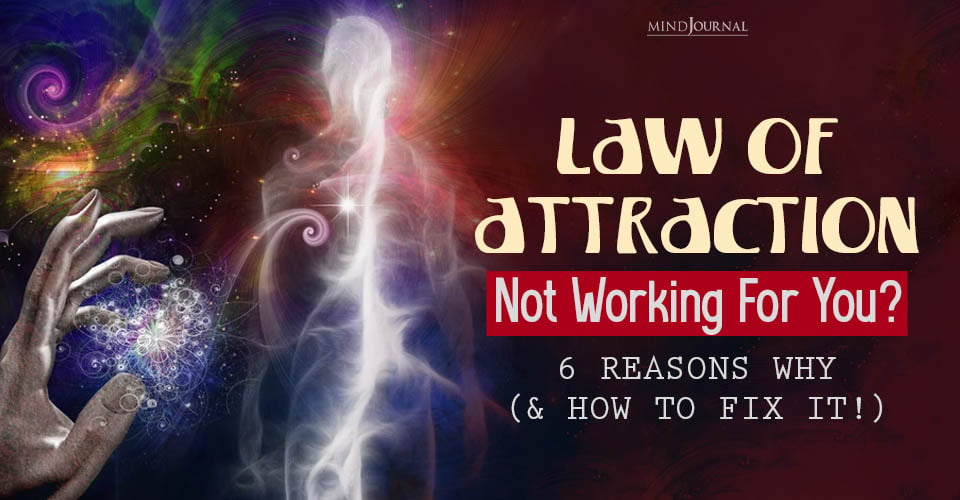From ancient legends to modern tales, the history of the Devil has shaped our understanding of good and evil.
Let us explore how this iconic figure has influenced cultures worldwide from ancient myths to modern interpretations.
Evolution And History Of The Devil
1. History And Myths about The Devil from Ancient Mesopotamia
In ancient Mesopotamia, the myths about the Devil were not that of a single evil like the Christian’s Lucifer or Islamic Shaitan. Instead, their mythology and religions had a pantheon of gods both good and evil with different roles and abilities but some are malevolent.
It is possible to discern how the ancient Mesopotamians perceived and interacted with mischievous forces through these portrayals of maleficent beings.
1. Lamashtu:
In the history of the Devil in Mesopotamia, Lamashtu used to be among the most dreaded female demon. This creature was often represented as having a lion’s head, donkeys’ teeth and ears, bird talons; it preyed on pregnant women and infants too. Lamashtu was believed to cause miscarriages and child mortality, thus representing dangers that threatened vulnerable stages of life.
2. Pazuzu:
In the myths about the Devil back then, Pazuzu , a demon associated with southwestern wind was alternatively feared for protection. He was an animal human hybrid who had a lion’s head, man’s body, eagle’s talons and scorpion-like tail. While he brought about famine and pestilence, Pazuzu was also called upon to scare away other evil spirits particularly Lamashtu.
Deities Of The Underworld
Kur or Irkalla which referred to the underworld was ruled by goddess Ereshkigal . The underworld was associated with death as well as afterlife therefore its deities became fearful due to this association.
There would be no coming back from Kurng following the last view of Mesopotamians about death and the afterlife as being solemn and inevitable. Such was their history of the Devil.
Magical And Religious Practices
Mesopotamians initiated various magical and religious practices to guard themselves against these malevolent forces according to their myths about the Devil. Other tools for instance, amulets were used to avert evil spirits while others would say incantations. For example, pregnant women used to wear Pazuzu amulets in order to scare away Lamashtu.
Cultural Interpretation Of Evil
The way Mesopotamians looked at malicious entities was closely tied to their perception of human existence and the universe.
However, according to their history of the Devil, they never saw evil as part of a metaphysical tussle between good versus evil but rather viewed it as challenges or misfortunes that had practical solutions through rituals.
There were gods who could be appeased by gifts or angered should they be neglected hence keeping them happy was essential for prosperity.
To sum up, ancient Mesopotamia did not have anything like a devil figure but its myths contained numerous intricate images and ideas about malignant deities . These creatures exemplified their understanding of life’s perils and unpredictability as well as how people’s beliefs help them navigate the world filled with menacing situations.
Egyptian Myths About The Devil
In ancient Egyptian myths about the Devil, there was no concept of a devil as the unique embodiment of supreme evil, like in Christianity or Islam. Instead, Egyptians had an intricate mix of gods, demons and mythical beings representing chaos, disorder and malevolence.
1. Seth (Set)

One of the most popular figures in the Egyptian history of the Devil, who is often associated with confusion and disarray is Seth (or Set). Over time, Seth became a complex god who symbolized chaos, storms, violence. However he wasn’t completely bad but protective in nature when it comes to earlier myths.
Myths about the Devil: The most famous instance involving Seth was the murder of Osiris; the god of death, by his brother. It was from this act that Isis; Osiris’s wife, with her son Horus, sought revenge for Osiris’s death so as to restore balance.
Dual Nature: The character of Seth was dualistic. Although he was known to be god that brought disorder and destructions, but he merely balanced up cosmos. He even fought off Apophis; the serpent during sun god Ra’s nightly journey through the underworld.
2. Apophis (Apep)
Apophis, also referred to as Apep, represented chaos among serpents as well as was Ra’s perpetual foe according to the history of the Devil. In contrast to Set, Apophis is seen only as embodying evilness and ruination with no complexity surrounding him at all.
Symbol of Chaos: Apophis represents darkness, emptiness and hence could be considered as personification or manifestation of total chaos. His main objective is to swallow up Sun thereby covering Earth with eternal night.
Myths about the Devil: At nights Apophis would try attacking Ra who would journey through the Underworld. These battles were symbolic representations depicting struggle between order and chaos. Thus each dawn symbolized Ra’s triumph over Apophis and also tendency of order prevailing over darkness.
Demons and Spirits of Ancient Egypt
Ancient Egyptians’ history of the Devil believed in demons as well as malevolent spirits which had the ability to harm both the living and dead. These spirits were frequently portrayed through magical texts or even protective amulets.
Demons in Funerary Texts: The Egyptian Book of the Dead along with other funerary texts list many different types of demons that the dead would encounter in their afterlife. Often these beings served as gatekeepers/guardians residing within different sections of the underworld.
Protective Practices: To keep away these harmful entities Egyptians used spells, charms, and amulets. For instance, evil spirits could be kept at bay with amulets resembling Horus’ Eye or a scarab beetle.
Ma’at and Isfet: The backbone of Egyptian Myths about the Devil was centered on Ma’at (truth, order, justice) vs. Isfet (chaos, lies, disorder). While Ma’at personified harmony and equilibrium Isfet was an essential concept but did not possess any personification.
To have balance the Pharaoh existed to sustain Ma’at, assuring that cosmos won over chaos. This was an ongoing battle in ancient Egypt’s religion and politics.
Rituals and Offerings
Regular rituals, offerings, and ceremonies were performed in order to keep Isfet away from disturbing Ma’at. This included making prayers of offerings to certain gods or goddesses who played roles in keeping cosmic order.
Ancient Egyptian mythology and religion has a detailed understanding of evil forces. No single figure was considered as Satan but several gods, demons, and ideas symbolized disorder, confusion or wickedness. These entities and ideologies shaped the Egyptian‘s mentality which stressed on a fine line separating between turmoil & serenity within human existence as well as its divine counterparts.
The Devil in Ancient Greek Mythology
In the old Greek mythology, there was no single devil figure as in Christianity or Islam that embodies all of evil.
On the other hand, Greek mythology has a pantheon of gods, spirits and entities who sometimes were malevolent or even acted as god’s enemies. They represented different aspects of chaos, conflict and moral inconsistency rather than absolute evil. This was the Greek history of the Devil.
1. Hades and the Underworld: Myths about the Devil

God of the underworld: Hades is often mistaken for an evil person but he had more to his character than that.
He presided over the world beneath where all people went when they died so that life could continue without disturbance while maintaining its balance against death. It is important to note that Hades was not necessarily bad but he was rather a stern ruler who ensured compliance with general laws on this planet.
Despite being associated with death, Hades was not viewed as evil in nature by Greeks. His place within the order of life cycle made his realm essential part in Greek cosmogony.
2. Eris
Goddess of Strife, Eris represents chaos and disorder. She is well-known for triggering off the Trojan War through her machinations between Paris’ judgments on the golden apple which was inscribed ‘to fairest’. She is often regarded as a symbol for societal and interpersonal discord which leads to conflicts and wars.
3. Typhon
One great monster among many found within Greek mythology, Typhon a gigantic snake-like creature; he posed a direct threat to the Olympian deities themselves after having been fathered by Tartarus and Gaia with an aim to overthrow Zeus accompanied by others:
Battle with Zeus: The battle between Typhon himself signifies what may be understood as a fight between order versus disorder. Eventually, Typhon was defeated by Zeus who then imprisoned him under mount Etna thus signifying triumph over chaotic powers through divine order.
4. The Furies (Erinyes)
The Erinyes, also known as the Furies, were chthonic goddesses of vengeance that chased and punished the perpetrators of serious crimes, especially those against family members or oaths.
Although terrifying, the Furies represented not evil but rather reflections of retributive justice. They brutalized evildoers to sustain ethical wellbeing and keep societal values in place.
5. Hecate
Goddess of Magic and Witchcraft: Hecate was regarded as a liminal divinity between mortals and gods who had power over night, necromancy, ghosts among other things. She had dominion over darkness, spirits at night etc.
However her association with darker forms of magic plus underworld gave her a fearsome reputation that hid her true identity as a deity that helped people during difficult transitions from one phase to another or just thresholds between different states.
The devil as a personification of evil did not exist in ancient Greek mythology. Ancient Greeks and their history of the Devil believed that chaos, confusion and moral darkness were represented by different gods, spirits and monsters. This reflects the complexity of life with both good and bad mixed together; hence, the conflict between chaos and order was never ending.
Instead of dwelling on an ultimate wickedness, Greek myths brought out two things: They focused more on keeping balance and disrupted natural order than they did on an ultimate unqualified evil idea.
The Devil In Contemporary Christianity
The devil is a central figure who represents evil and opposes God in modern Christianity. He has many names, like Lucifer, Satan or Prince of Darkness, and his role and image have changed over time, being influenced by scripture, theology and culture.
Among the modern Christian faiths, Satan is a complex being that combines both the highest form of rebellion against God and evil incarnate.
The devil might be understood differently or given different emphasis in various Christian denominations, but still remains as an essential element for understanding sin, temptation and the ongoing fight between goodness and badness.
Furthermore, several religious practices, cultural representations and theological teachings about the devil have shaped Christian thinking and spirituality enormously today.
The Devil in Media and Entertainment
The Evolution of the Devil in present times
The modern media’s depiction of the devil has significantly evolved to blur traditional religious perspectives, contemporary cultural values and creative storytelling. This multifaceted portrayal oftentimes explores issues around temptation, morality as well as evil itself which presents the devil as a supernatural villain but at the same time attempts to delve in his complexity.
1. The wickedness in Lucifer Morningstar (Lucifer)
One of these modern presentations is found in Lucifer series where the Devil played by Tom Ellis leaves hell for a night club business in LA. The way this is presented makes us see that the character is more humanized since he is charming yet always confused with seeking redemption. In fact, this particular TV show seeks to challenge already established ideas about who Satan actually is.
2. Crowley (Supernatural)

Crowley who appears on Supernatural is also among such characters. A demon who becomes the King of Hell. The character played by Mark Sheppard can be described as one with some moral side and he even associates himself with those against whom he must support what’s wrong with humanity whenever opportunities present themselves.
3. Symbol of Temptation and Corruption
The only other film that depicts Al Pacino as John Milton showcases John Milton as being seductive, manipulative person using his power so as to corrupt people or tempt them hence typifying the traditional role taken up by Satan as a tempter. This movie deals with themes like ambition, vanity, and success moral compromises.
4. Personification of Evil and Chaos
Another case study on how he is represented in our entertainment culture is the recent “Chilling Adventures of Sabrina” series where the devil has kept on being dark as well as scary affecting everything and everyone around. In this way, it becomes a point of reference showing us how darkness versus light continues.
Related: How Religious Beliefs May Be Formed
The Devil in Music and Pop Culture
Modern media constantly refers to him through songs and popularly referred to cultural icons making him a symbol of rebellion, forbidden knowledge, darkness…he represents all aspects that humans are afraid to recognize exist within themselves. This shows how far the evolution of the Devil has come.
“Sympathy for the Devil” by The Rolling Stones among others artists are some songs portraying devilish ideas while programs such as American Horror Story does this through their names or storylines which deal with these things from time to time.
In today’s media and television, the devil is depicted as a more complex figure than the traditional concept of evil, overturning the earlier contemporary myths about the Devil. These portrayals look at Satan as a tempter, an agent of corruption and even a multidimensional antihero who reveals modern morality, identity, and humanity.
These representations bring together age-old religious symbols with contemporary narrative structures in order to offer a deep understanding of the devil that challenges viewers through compelling storylines and ethical quandaries.
Related: 7 Differences Between Religion and Spirituality
Psychological Evolution of the Devil
Psychological perspectives on the devil do not see it as a real entity but rather as a symbol that denotes different things about human nature, morality and social organization.
Through these theories, one can understand how the concept of devil may shape actions, thoughts and mental well-being; hence it becomes an analogy for comprehending the darker side of human nature.
The Devil as a Symbol of the Shadow Self
Carl Jung’s Shadow Archetype: According to Carl Jung, there is a part of unconsciousness called shadow that consists of suppressed weaknesses, desires and instincts. In this case, devil stands for shadow self which are those parts in our character that are rejected and reflected on other people.
It is said that unless one confronts their internal devils they will still be incomplete psychologically because it entails integrating such concealed self facets.
Projection of Inner Conflict: The devil can represent internal conflicts and moral dilemmas that individuals struggle with. The idea is when these conflicts are externalized into an evil figure then people can handle their own dark impulses better. This process assists in getting out inner turmoil.
The devil is a terrifying creature to be used by adults as a means of enforcing compliance among small children. Nonetheless, this understanding may change in light of more sophisticated notions of good and evil that emerge as they grow older.
The devil serves as an important psychological concept as it symbolizes many facets of human nature such as internal conflicts, moral boundaries, cognitive distortions, social dynamics and developmental processes.
To view the devil in this manner means to understand how people and societies struggle with what it means to be bad or evil, personal responsibility and complexities of human behavior.
Looking at the devil through these psychological lenses helps us see how we are so profoundly affected in our thinking, acting and storytelling by the figure.
In our quest about the concept of the Devil we learn much more about our deepest fears, desires or moral stances. The story of Satan is in fact a reflection of ours because it mirrors our continuous struggle between good and evil within ourselves and perhaps shows us that not everything can be presented as Black or White.
Frequently Asked Questions:
What is the Devil’s purpose?
Satan and his lesser satans used to act as God’s executioners: they accused sinners for their misdeeds, and finally executed divine judgment as angels of punishment.
How was the Devil created?
Many Christians believe the Devil was once a beautiful angel named Lucifer who defied God and fell from grace.
Where did the word “devil” come from?
The word “devil” derives from Greek diabolos, meaning “adversary.” In Jewish, Christian, Zoroastrian, and Muslim traditions, the term applies to a single spirit of evil whose function is to oppose the will of the good God.










Leave a Reply